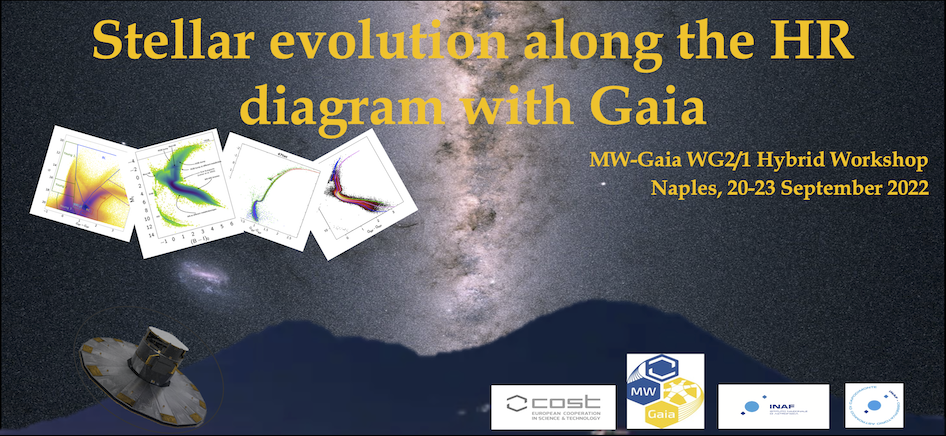Speaker
Description
Evolved compact pulsators found primarily amongst the white dwarf and hot subdwarf populations provide important seismic windows over the late stages of stellar evolution of low-to-intermediate mass stars, past the red-giant branch. These windows are particularly welcomed as uncertainties in modeling the core helium-burning phase and beyond are still prominent and pile-up, impacting strongly the inner structure of the final products (the white dwarfs). In this review,
I briefly recall the status of asteroseismology of evolved compact stars from the observational point of view (using in particular space-based observatories, such as Kepler, TESS, and the contribution of GAIA to this respect). Then I focus on recent attempts to exploit the seismic information contained in pulsating hot B subdwarf (sdB) stars (core helium-burning objects populating the Extreme Horizontal Branch) and pulsating white dwarfs to provide insight on their internal structure, and confront seismic measurements with predictions from stellar evolution models. In this quest, GAIA also has an important role to play.

